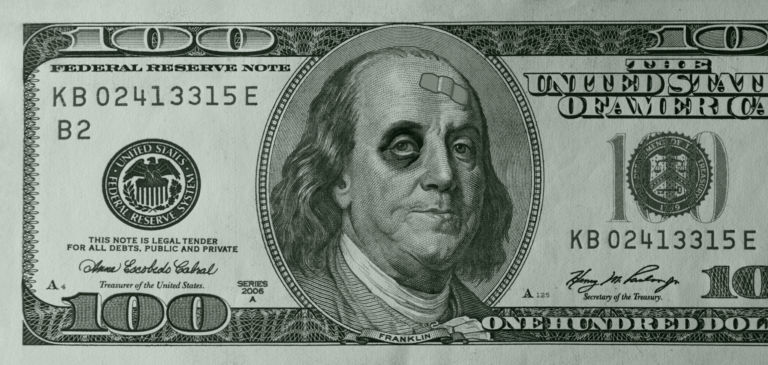Editors at National Review Online urge the Federal Reserve to remain vigilant about fighting inflation.
Inflation is beginning to decline, but it’s still three-and-a-half times higher than the Fed wants it to be. Two percent is the target, and it must stay the target. (Even this would be too high; inflation would have to run below 2 percent to bring the long-term price level closer to the path it was on before.) The Fed has insisted so far that it will be. It must continue to do so, even as pressure on it will decrease as inflation falls from 40-year highs.
There are two political reasons to believe that the Fed will have an easier go of it now than it did last year. The first is that the chairmanship and vice chairmanships have been filled with Senate-confirmed appointees. That means the dynamic that former vice chairman Randal Quarles described in May — i.e., that the Fed had to wait to start potentially painful rate increases to appease politicians while Jerome Powell was being renominated — is no longer in play.
The second is that, with a Republican majority in the House of Representatives, enormous spending bills such as the American Rescue Plan Act will no longer have a chance of becoming law. That $1.9 trillion law from March 2021 likely contributed to inflation, as numerous economists on both sides of the aisle warned it would at the time. Even smaller bills such as the misnamed $400 billion Inflation Reduction Act (how far Congress has erred that such bills are now considered “smaller”) won’t see the president’s desk while the speaker’s gavel is in GOP hands.
With fewer bad fiscal policies to counteract, the Fed must stick to its monetary policy of 2 percent inflation. It cannot become complacent in the face of positive press coverage and Democratic boasts about inflation’s coming down. Coming down, yes, but not over yet.


